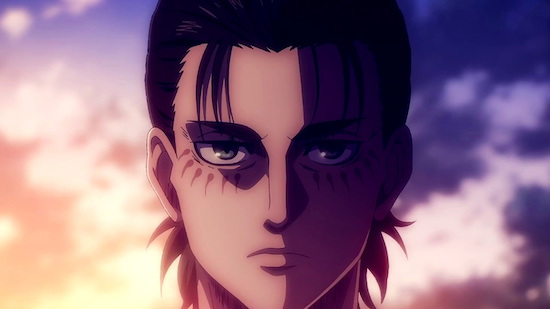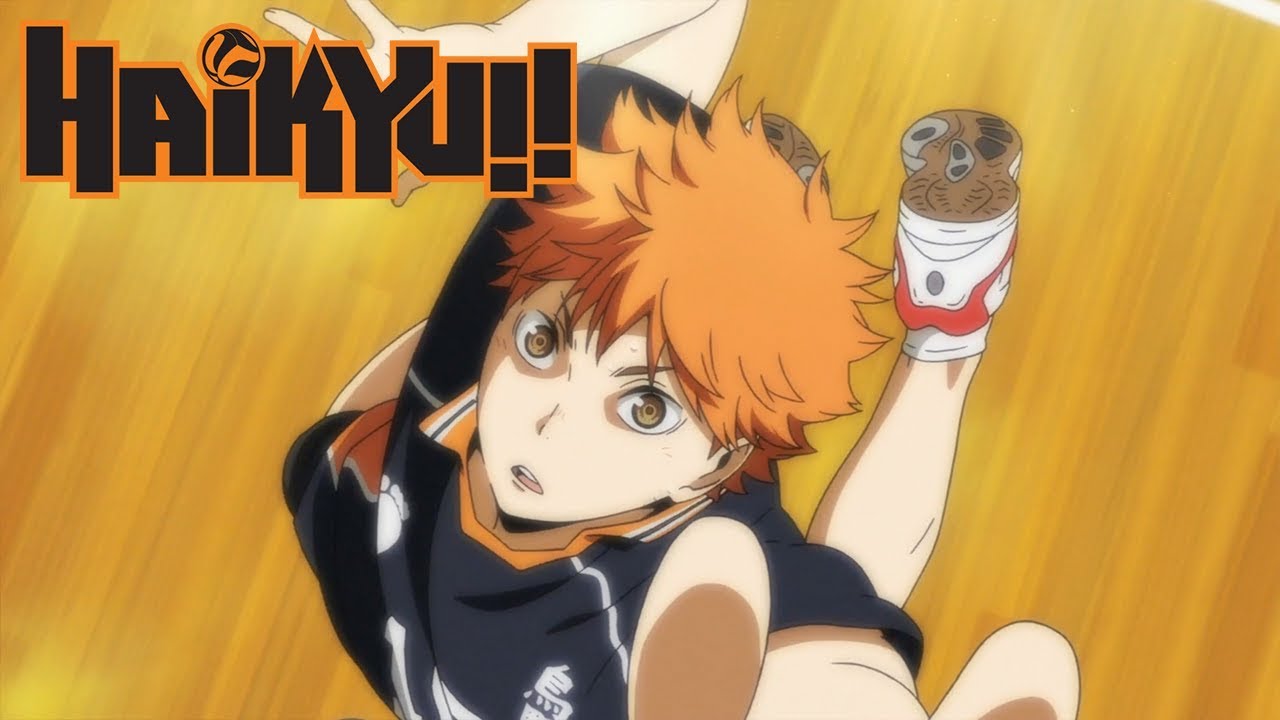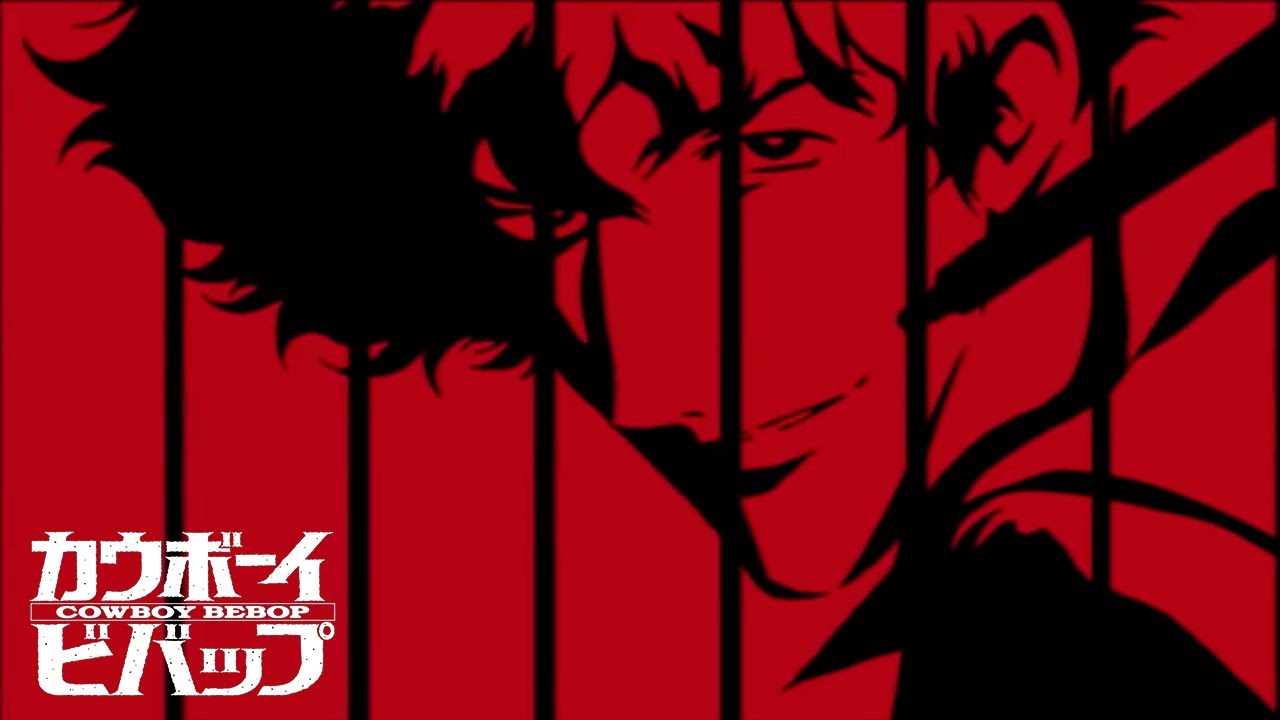Midway through a set of ferocious riffs, screaming and headbanging, the band SiM’s vocalist, known as MAH, all clad in black, reflects on the last time the band played a show in the US. “There were about 100 people. The floor was empty. It was a low point in my life.” He trails off as the crowd starts chanting the band’s name, before he cheekily tells them to shut up. Taking place at the New Crunchy City Music Fest, a series of gigs at this year’s Crunchyroll Expo in San Jose, it’s a crystallising moment, bridging the role anime serves between Western audiences and Japanese bands indefinitely. The Expo itself, like other conventions of its kind, hosts preview screenings and panels about upcoming anime, all surrounding a gigantic exhibition hall for merch and books to buy, and cosplayers to marvel at.
It also offers room for something like the Music Fest, and the chance for enthusiastic fans (‘otaku’, to some) to see bands such as SiM without getting on an international flight. Through SiM’s performance of the song ‘The Rumbling’, written for the astronomically popular anime series Attack on Titan (or rather, Attack on Titan: The Final Season Part 2 – there’s going to be more of this Final Season), the band crossed into the US Billboard charts, hitting number 1 on Hot Hard Rock Songs. Such popularity is tied to the continued proliferation of anime fandom in the West via internet communities. That popularity has only been growing in the last couple of decades; with continual box office successes (Dragon Ball Super: Super Hero is currently killing it) and viral phenomenons and obsessive fandoms often inspiring pondering from middlebrow publications about where this supposedly newfound anime boom has come from. The industry is increasing in size (unsustainably so, with various production bottlenecks, staff shortages, terrible pay and just as bad hours) but the audience has been there for a long time. And so it’s not just the imagery that gains a big fanbase, but the hundreds of bands and pop stars in the orbit of these productions.
To talk about that is to talk about the art of the anime opening (and ending) credits. Though the contract of watching a TV series implies you’ll give it time to work, first impressions are important. And in anime, the opening sequence is the splashiest first impression you’ll get: 90 seconds of creative animation and editing that could often even stand on their own. They’re a far cry from the stolid “mood pieces” of swirling, wax-life digital VFX that plagues the majority of prestige television. A huge part of that comes from the music choices, galvanising and catchy rather than anonymous, sombre piano notes. The bands at the Expo are a phenomenal example of this: SiM with heavy riffs and an anarchic approach to genre, Burnout Syndromes with lighter, but still energetic and optimistic rock.
The music and imagery of opening sequences has a liveliness to them, and often a separate visual story, not only a montage of images representing the tone of the show. The ending sequence is a fascinating counterpart – if the opening is burdened with establishing tone, the ending often finds room for experimentation, imaginary scenarios for characters existing outside the confines of the episodes preceding them. A recent and catchy example is the first end credits sequence of Jujutsu Kaisen, scored to ‘Lost in Paradise (feat. AKLO)’ by ALI. That show also highlights that certain directors of animation have specialised in just that: directing openings. Both the first and the second openings of Jujutsu Kaisen were directed by Shingo Yamashita, whose ethereal lighting is felt in Ranking of Kings and Naruto Shippuden. These sequences are events within themselves – like the release of a single before an LP.
Some bands go back time and again to even just the same show. Burnout Syndromes, also playing at the Fest, are best known for their energetic guitar themes for volleyball drama Haikyuu. The set itself is anchored around those tracks, to the point that it’s likely the majority of the crowd knew them as Haikyu fans. This includes a bizarre but sweet onstage appearance of Turning Red voice actress Rosalie Chiang on stage – who gives lead vocalist and guitarist Kazuumi Kumagai an autograph (“This is my treasure,” he says after putting it on a pedestal).
Fun banter continues to be punctuated with guitar riffs, even leading into songs with ‘The Star Spangled Banner’ as a prologue to Hikari Are. The fun, boyish enthusiasm is infectious – the crowd eats it up – but also, like SiM, the band talks about comparisons between their other, less successful shows in the US and back home (“I have a dream that we bring our music all over the world… we will play in the US again.”) The set also offers a charming exercise in fan service, as all of Burnout Syndromes’ most popular themes are on the setlist, including ‘Phoenix’ from the fourth season, Haikyuu: To The Top. The band even plays ‘[Fly High]’ twice (“You just heard that!” the bassist yells after they let the crowd pick the encore). But the band also uses the chance to introduce new songs, even breaking entirely from the style of work proliferated by these series – with a hard pivot into bouncy, hip hop/electronic, ditching the guitars, moonlighting as MCs for a bit, like a J-pop double act, dialling the pace back a little.
Openings like ‘Fly High’ introduce the bands as much as they do the show. The groups Kana-boon and (K)NoW_NAME, Asian Kung Fu Generation and so many others have made careers off the back of anime openings, as massive domestic popularity is boosted through overseas syndication and broadcast of the shows they’re attached to, and later internet streaming. While it needs to be stressed that bands finding popularity through music featuring in anime (or any television) is hardly a new phenomenon, it’s fascinating to see in-person the trans-Pacific translation of that popularity from screen to concert. In the cases of both Burnout Syndromes and SiM, the live shows act as a more direct introduction to these artist’s wider discographies, as they play a mix of tracks from outside of the audience’s prior experience of them.
It’s easy to see why anyone would be drawn to it – to join one is to become immortalised in the spectacle of another medium, while also bringing in a huge new audience to your music.
Take the iconic opening of sci-fi western Cowboy Bebop (that the Netflix live-action show quite miserably tried to replicate), introducing the cast of characters in a riff on spy flicks and Lupin III through a ‘60s pop art-style, propelled by a big band jazz number from series composer Yoko Kanno and her band The Seatbelts. Like the hundreds of others that continually rack up Youtube view counts in the tens of millions, as well as the videos for the songs that accompany them, it’s an incredibly rewatchable, energetic, evocative glimpses of the series while standing as a bit of visual storytelling about the characters in its own right. Take the opening of One Punch Man, which contains nothing from the show except appearances of its characters. That, and an absurdist showcase of the strength of its lead (who in actuality sleepily stumbles his way through the series) his unbeatable power robbing his life as a superhero of any meaning. The openings of Mob Psycho 100 (directed by Yuzuru Tachikawa) are maximalist exercises in psychedelia reflecting the chaos surrounding the lead Mob as well as his frequent psychological turmoil. Dorohedoro‘s is appropriately coy and nonchalant about its rather wild violence, just as in the manga it’s based on. Of course, the songs play a huge part in that replayability. One Punch Man’s ludicrous mix of thrash, with the sounds of hair metal as the singer screams the title, rings in the ears for days. Mob Psycho 100’s songs, all kinetic rock ballads, are practically love letters from the staff themselves, some of whom sing in the opening’s choir. Dorohedoro’s opening, appropriately called ‘Welcome to Chaos’ by (K)NoW_NAME, displays both the band and the show’s versatility, with heavy rock in the opening while in their compositions for the show’s endings they instead play with EDM and dance music.
Such versatility runs throughout SiM’s relentless set, mixing various tempos of raw, screaming, thrashing tracks like ‘Killing Me’ into ballads with auto-tuned vocals, even songs that flirt with dub and reggae. The first track is ‘The Rumbling’, opening the first set in the US since 2016 with the very song that brought the band back after a less-than-successful attempt at breaking through. MAH makes for a compelling, theatrical lead man, all gyrating limbs as well as commanding stage presence, playfully leading the audience along in crowd participation that would inevitably end with him cursing them out, in the best way possible. As with Burnout Syndromes, the band is fun enough to win over new fans, carrying the crowd with ease – even playing on excitement for shows that aren’t out yet as MAH slyly teases, “You could call this the unofficial theme song for ‘Chainsaw Man’” before belting out a song named ‘Devil in my Heart’ (in Chainsaw Man, a demon replaces the protagonist’s heart).
When thinking of the quintessential anime opening, the mind gravitates towards certain genres of music – pop, indie rock, emo rock, or sometimes metal – generally high tempo to match the high energy and emotional intensity of the visuals. But this is far from always the case (as the opening sequence is not a modern phenomenon), and the live experience of the New Crunchy City Music Fest annexe of the Crunchyroll Expo proves there’s still so much to be excited for in the relationship between anime and artists, music and making credits – reimagining what fan service can be.




